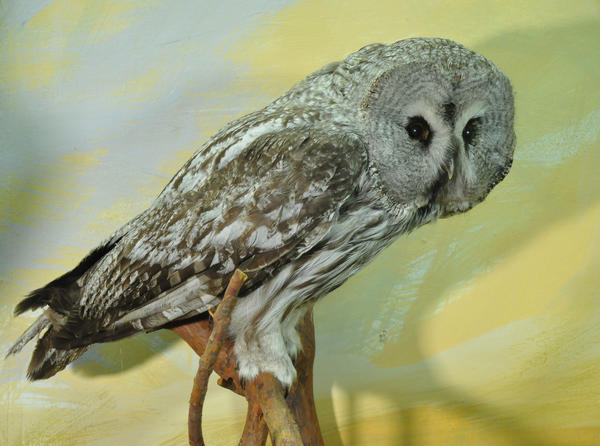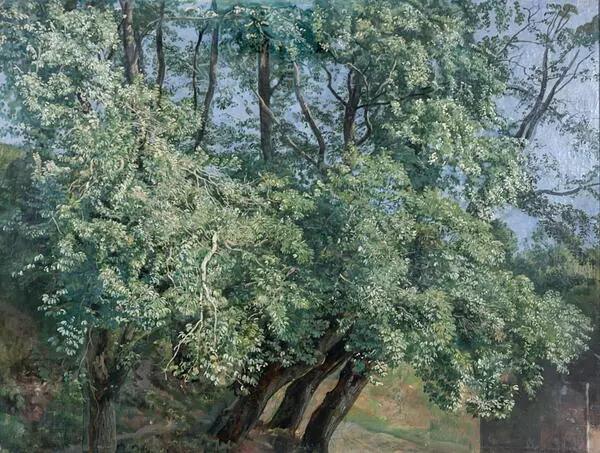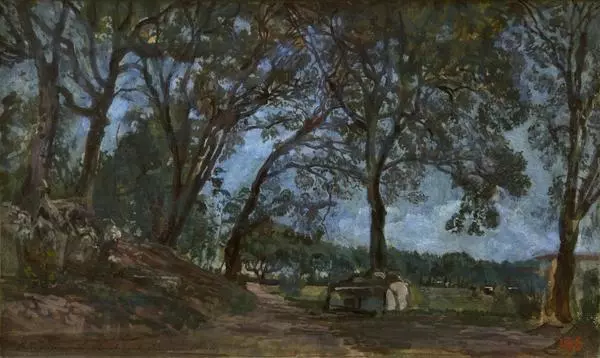The Great Gray Owl belongs to the order of Strigiformes. Its Latin name is Strix nebulosa. This is a large, big-headed owl with a long tail. In size, it comes second only to the eagle owl and the snowy owl found in winter. Its wings, in comparison with other species, are rather short, wide and rounded. This bird’s feather pattern is camouflage gray or the color of the tree bark, so it can easily hide in the forest. The owl has black circles around its small yellow eyes. Under the powerful beak, a dark wedge-shaped spot stands out looking like a beard. Therefore this owl is often called bearded.
The great gray owl body length reaches 70 centimeters and the weight ranges between 600 and 1900 grams; that is, it is noticeably bigger than the crow. The bird can rotate its head through 270 and even more degrees. Owl’s flight is smooth and rather slow. Thanks to the loose plumage that dampens the sounds of air currents, it moves completely silently.
The great gray owl most often lives in lightly-forested areas of coniferous taiga with of swamps, burnt areas, meadows and wastelands. Representatives of the species feed exclusively on mouse-like rodents, and sometimes on other small animals and birds. They go hunting only in safe time, that is, at dusk and by night.
Great gray owl doesn’t build nests of its own, but makes use of suitable sized dwellings of other birds such as hawks and buzzards. In one clutch it lays 4-5 white eggs. The owl sits on them very tightly, holding its wings and tail so high that the bird resembles a chicken. The term of incubation in this species is about a month. Differently patterned couples can have differently patterned chicks.
While the female is busy hatching, the male hunts and brings prey to the house. The development of the chicks is slow: they begin to flutter during the sixth week, and they acquire full plumage only by the end of summer. Broods stay with parents during the whole autumn. Both female and male owls actively protect the nest with offspring and, in case of danger, they can even attack humans. When an enemy approaches the dwelling, the bird takes off reluctantly and usually clicks its beak menacingly. The great gray owl is listed in the Red Book of the Kurgan Region.
The great gray owl body length reaches 70 centimeters and the weight ranges between 600 and 1900 grams; that is, it is noticeably bigger than the crow. The bird can rotate its head through 270 and even more degrees. Owl’s flight is smooth and rather slow. Thanks to the loose plumage that dampens the sounds of air currents, it moves completely silently.
The great gray owl most often lives in lightly-forested areas of coniferous taiga with of swamps, burnt areas, meadows and wastelands. Representatives of the species feed exclusively on mouse-like rodents, and sometimes on other small animals and birds. They go hunting only in safe time, that is, at dusk and by night.
Great gray owl doesn’t build nests of its own, but makes use of suitable sized dwellings of other birds such as hawks and buzzards. In one clutch it lays 4-5 white eggs. The owl sits on them very tightly, holding its wings and tail so high that the bird resembles a chicken. The term of incubation in this species is about a month. Differently patterned couples can have differently patterned chicks.
While the female is busy hatching, the male hunts and brings prey to the house. The development of the chicks is slow: they begin to flutter during the sixth week, and they acquire full plumage only by the end of summer. Broods stay with parents during the whole autumn. Both female and male owls actively protect the nest with offspring and, in case of danger, they can even attack humans. When an enemy approaches the dwelling, the bird takes off reluctantly and usually clicks its beak menacingly. The great gray owl is listed in the Red Book of the Kurgan Region.












